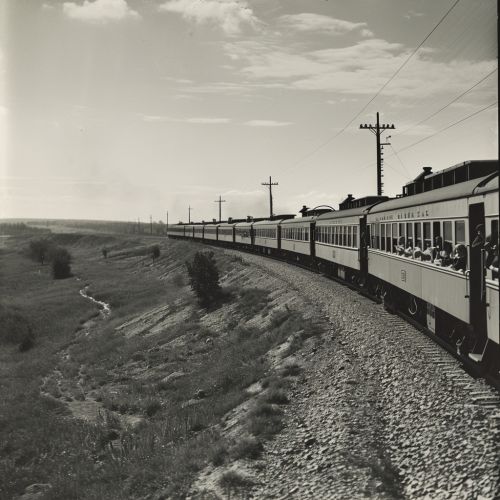Rudolf Nureyev
Early Life
Rudolf Khametovich Nureyev was born on March 17, 1938, on a trans-Siberian train near Irkutsk, Siberia. His parents, Hamit and Farida Nureyev, were Tatar Muslims from the village of Ufa in the Bashkir Autonomous Soviet Socialist Republic. Nureyev was the youngest of five children and the only son.


Education and Training
Nureyev began his dance training at the age of 11 when he was accepted into the Ufa Choreographic School. At 17, he moved to Leningrad (now St. Petersburg) to attend the prestigious Vaganova Ballet Academy, where he was taught by Alexander Pushkin.
Career in the Soviet Union
Nureyev joined the Kirov Ballet (now the Mariinsky Ballet) in Leningrad in 1958. His first solo performance was as Siegfried in Swan Lake, and he quickly became the company's principal dancer. His performances were marked by his technical prowess and emotional intensity, and he was soon recognized as one of the Soviet Union's most promising dancers.
Defection to the West
In 1961, during the Kirov Ballet's tour in Paris, Nureyev defected to the West. This was a highly publicized event that caused a diplomatic incident between France and the Soviet Union. Nureyev's decision to defect was driven by his desire for artistic freedom and his fear of returning to the Soviet Union, where he believed he would be persecuted for his rebellious behavior and non-conformist attitudes.
Career in the West
After his defection, Nureyev was immediately invited to join the Royal Ballet in London as a guest artist, a position he held for several years. He formed a famous partnership with British ballerina Margot Fonteyn, and together they redefined the roles of the male and female dancers in classical ballet. Nureyev also performed with other major ballet companies around the world, including the Paris Opera Ballet, where he served as director from 1983 to 1989.
Choreography and Directing
In addition to his performing career, Nureyev was also a prolific choreographer and director. He created new versions of many classical ballets, including Swan Lake, The Nutcracker, and Romeo and Juliet. His productions were known for their innovative staging, dramatic intensity, and technical demands on the dancers.
Personal Life and Death
Nureyev was known for his flamboyant lifestyle and his relationships with both men and women. He was diagnosed with AIDS in the late 1980s but continued to perform and work until his death in 1993. He died in Paris at the age of 54 and was buried in the Russian cemetery in Sainte-Geneviève-des-Bois near Paris.
Legacy
Nureyev's impact on the world of ballet was profound. His technical virtuosity, dramatic intensity, and charismatic stage presence redefined the role of the male dancer in classical ballet. His choreographic work and his leadership of the Paris Opera Ballet helped to modernize ballet and broaden its appeal. Today, he is remembered as one of the greatest dancers of the 20th century.
